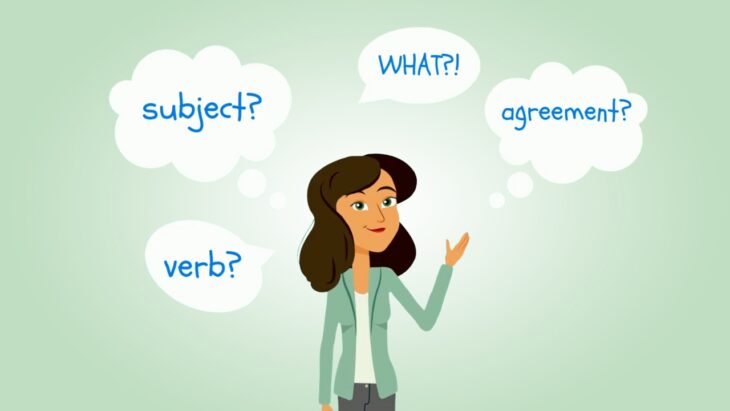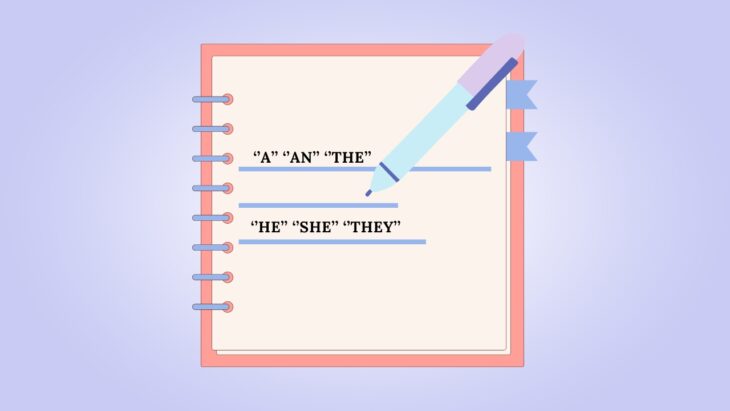Error spotting is a critical skill in mastering the English language and grammar. It involves the process of identifying and correcting grammatical errors within sentences, words, and phrases.
This skill is not only essential for academic excellence but also for professional success, as it directly impacts the clarity and effectiveness of written communication. Common errors often revolve around punctuation, subject-verb agreement, and the correct use of singular and plural forms.
By engaging in error spotting exercises, individuals can significantly improve their proficiency in English language, ensuring that their communication is both accurate and impactful.
That is why we would like discuss several tips that can be of help in this regard.
Key Takeaways
- The commonest tips for spotting errors are: punctuation, sentence types, subject-verb agreement, consistency in tenses, articles and pronouns, and parallelism.
- Punctuation marks are essential for guiding readers through sentences, indicating pauses, stops, and the flow of thoughts.
- Knowing these simple methods can be of great help in writing, especially when it comes to academic repots.
1. Punctuation

Punctuation marks are the traffic signals of language:
- They guide readers through the sentences
- Indicating pauses
- Stops
- The flow of thoughts
The correct use of punctuation, such as commas, periods, and question marks, is paramount in conveying the intended message and emotion of the sentence. In case you need a little bit of help when it comes to punctuation, tools like Grammarlookup can be of significant help.
Misplaced or missing punctuation can lead to confusion, misunderstanding, or alteration of the sentence’s meaning. For instance, the difference between “Let’s eat, grandma!” and “Let’s eat grandma!” highlights how a simple comma can change a friendly invitation into a cannibalistic suggestion. Understanding and applying the basic rules of punctuation are foundational steps in mastering error spotting.
2. Sentence Types
Recognizing the type of sentence—whether interrogative, affirmative, or negative—is crucial in error spotting. Each sentence type follows specific structural and punctuation rules that, if not adhered to, can lead to errors.
For example, interrogative sentences often end with a question mark and may begin with a helping verb or a question word like “what,” “where,” “how,” etc.
Affirmative sentences state facts or opinions and end with a period, while negative sentences include negation words such as “not” and also conclude with a period. Recognizing these distinctions helps in identifying and correcting errors related to sentence structure and punctuation.
3. Subject-Verb Agreement

Subject-verb agreement is a common source of errors in English sentences. It refers to the requirement for the subject and verb in a sentence to agree in number, meaning both must be singular or both must be plural. Errors in subject-verb agreement can lead to sentences that are grammatically incorrect and confusing.
For instance, “The books is on the table” is incorrect because the plural subject “books” does not agree with the singular verb “is.” The correct sentence should be “The books are on the table.” Spotting and correcting such errors are essential for clear and grammatically correct communication.
4. Consistency in Tenses
Maintaining consistency in tenses within a sentence or a piece of text is essential for clarity and coherence. Shifting tenses without a clear reason can confuse the reader and disrupt the flow of information.
For example, the sentence “Yesterday, I eat dinner at six o’clock” incorrectly mixes past and present tenses. The correct sentence, “Yesterday, I ate dinner at six o’clock,” uses the past tense consistently to indicate that the action occurred in the past.
5. Articles and Pronouns

Articles (“a,” “an,” and “the”) and pronouns (“he,” “she,” “it,” “they,” etc.) play significant roles in English sentences, indicating specificity, number, and gender.
Misuse of articles and pronouns can lead to ambiguity or grammatical errors. For instance, “An apple is a healthy snack” uses “an” before a vowel sound and “a” before a consonant sound, following the rules for article usage.
Ensuring that pronouns agree with their antecedents in number and gender is crucial for accuracy. For example, “Every student must bring their book” should be “Every student must bring his or her book” unless the plural pronoun “their” is intentionally used for gender neutrality.
6. Parallelism
Parallelism involves using the same pattern of words to show that two or more ideas have the same level of importance. This can be seen in lists, comparisons, or paired ideas and is essential for clarity and balance in writing.
For example, “She likes reading, writing, and to jog” lacks parallelism. The correct sentence, “She likes reading, writing, and jogging,” maintains the same grammatical form, ensuring clarity and stylistic coherence. Spotting errors in parallelism includes identifying and correcting discrepancies in sentence structure to improve readability.
FAQs

Is a Syntax Error a Grammatical Error?
Yes, a syntax error is a type of grammatical error. It occurs when the structure of a sentence does not conform to the rules of grammar, making the sentence difficult to understand or incorrect.
What Is an Example of A Blunder Error?
An example of a blunder error is mistakenly saying “I did it for accident” instead of “I did it by accident.” This error is not just a simple mistake but a significant error that can change the meaning of the sentence or demonstrate a lack of understanding of language norms.
How Do You Identify Error and Correction?
To identify an error and its correction, read the sentence carefully to understand its meaning, check each word and its usage against grammar rules, and ensure that the sentence structure aligns with standard language conventions. Corrections are made by replacing the incorrect element with the correct one based on grammar, syntax, and context.
What Is a Lapse Error?
A lapse error refers to a temporary slip or mistake in writing or speech that occurs despite the speaker or writer knowing the correct form. It’s often due to inattention, fatigue, or cognitive overload rather than a lack of knowledge.
Summary
Error spotting is an invaluable skill in the English language, essential for both academic and professional success. It encompasses a broad range of activities, from identifying incorrect punctuation to ensuring subject-verb agreement and maintaining tense consistency.
By applying the rules of grammar, individuals can significantly improve their written communication, making it clearer, more precise, and more effective. Regular practice, attention to detail, and a thorough understanding of grammatical rules are key to mastering error spotting and enhancing one’s proficiency in English.



